If you’re a beginner violinist I’m sure you’ve felt frustrated with your instrument from time to time. You can practice for months and still feel like you don’t sound very good, and I’m here to tell you that is completely normal.
The violin can be an incredibly rewarding instrument to play and you honestly just have to stick with it and trust that all the time you’re putting in will eventually pay off.
I think beginner violinists sometimes don’t realize what they’re getting into when they start playing and as a result they give up before they give themselves a chance to make real progress.
So today I wanted to share 5 things I think every beginner violinist NEEDS to know, which I hope will put your mind at ease about any doubts you’re having about the instrument.
If you prefer watching instead of reading here’s my YouTube video on the same topic (readers just keep on scrolling).
1. It’s going to take a while before you can produce a nice sound
Don’t worry, we all start out sounding pretty darn terrible, and in all likelihood it’ll take you months or even years before you (and anyone else in earshot) don’t cringe at the sound of your playing.
The violin is different from a lot of other instruments when it comes to playing in tune and tone production.
Unlike an instrument like the piano where you press a key and your note is always in tune (as long as the piano is in tune), you really have to be accurate within a very small margin of error when it comes to hitting the right note on the violin.
There also aren’t any frets on the violin like you’d find on a guitar, so it requires a ton of practice and muscle memory to play in tune. On top of that, your right hand also greatly impacts the tone you produce and it takes a while to develop your right hand technique.
2. You need to be willing to spend some money to buy a quality instrument and equipment
To keep things simple here, I’m just going to say that you need to be willing to spend at least a couple hundred dollars right off the bat to get something of a decent quality.
Besides the violin, you also need a bow, rosin, possibly a shoulder rest, some other accessories (like extra strings, a practice mute, etc) and a case to safely store your instrument.
A lot of people get excited when they see super cheap instruments on Amazon and while you can sometimes get something of a decent quality at a lower price point, going with the cheapest option you can find isn’t a good idea.
The problem with buying the cheapest option is that you’ll probably end up with something that’s not set up properly, meaning it won’t ever sound good, might be constantly falling out of tune or might be impossible to tune to begin with. It’s hard enough to play the violin without feeling like you’re working against your equipment all the time, so just do yourself a favor and spend a little extra to get something of a decent quality.
If you can’t afford a couple hundred dollars, a lot of musical instrument shops will offer rent-to-own programs (this is how I started when I was younger and my parents were renting an instrument for me) so you do have a lot of options to get a quality instrument even if your budget is tight!
3. Consistent practice is key to good results
When people ask me “how long should I practice?” I usually answer “as long as you can while remaining consistent.”
And what I mean by that is basically you’ll see much better results if you practice consistently (like every day or multiple times per week) even if you only have 10 or 15 minutes per day to spare, vs. doing what I call a “binge practice session” where you save all your practice time for 1 day of the week and try to make up for all the practice you missed earlier in the week by playing for 2 hours or more on that 1 day.
Trust me, you’ll make much better progress if you practice consistently even if it’s a shorter amount of time each day. Don’t worry if you miss a day here or there, it won’t derail your progress, but just try and keep it as consistent as you can.
As a bonus practice tip for staying motivated, I also think it’s really important to have at least 1 piece in your practice routine that you’re really excited about and look forward to playing.
If you like my music, I have all my original songs available for download on my website as well as a number of my popular cover song arrangements in my sheet music books and on the website musicnotes.com if you want to check those out!
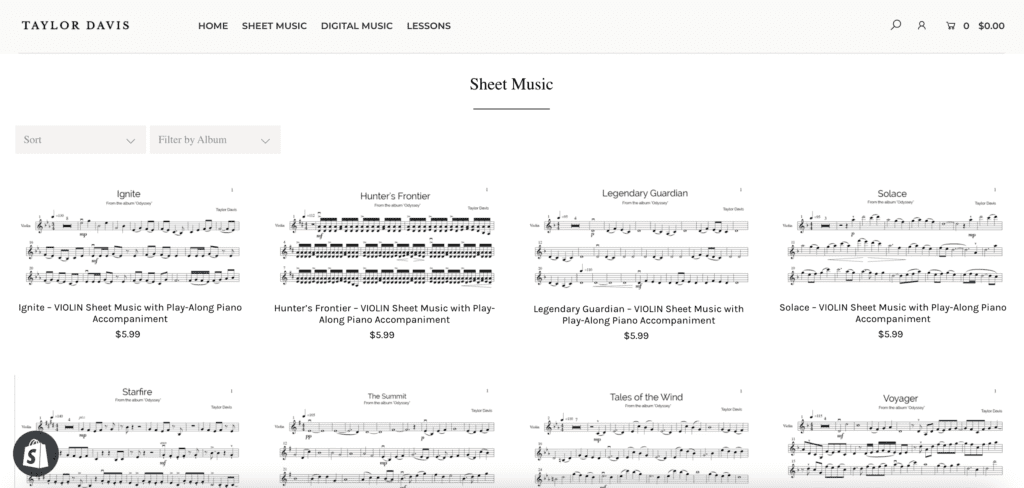

4. It’s a pretty physically uncomfortable instrument to play even if you’re set up properly
You should never be in any real pain when playing, but just know that it’s pretty uncomfortable and your posture probably won’t ever feel totally natural.
This is where your setup is so important, because you want to try and find the right equipment to make it as comfortable as possible.
Even though the violin is a light weight instrument, it’s still a physically demanding activity because of all the repetitive motions and isometric type holds you’re in to maintain your posture, so it’s important to take regular breaks during your practice sessions to avoid injury.
I used to have some neck issues from playing, but now I’m in a pretty good place with regular massage therapy, foam rolling and stretching routines.
I personally take a short break every 30-45 minutes and try to never go longer than an hour without at least a 5 minute break.
5. Violin is one of the hardest instruments to learn
I know a lot of musicians say their instrument is the hardest, and of course to master any instrument it takes a ton of work, but the violin truly is one of the hardest instruments to play, especially in the early stages as a beginner.
Intonation and tone production are just incredibly difficult to master as a beginner violinist.
There aren’t any frets, the spacing between your fingers constantly changes especially as you climb up the fingerboard into the higher positions, the speed of the bow, the pressure of the bow and the distance of the bow from the bridge all have a huge impact on your tone.
There’s just a LOT that goes into producing a note that’s not only in tune but also has a nice tone to it, so be patient with yourself when you’re learning.
My whole point in saying all this isn’t to discourage you, it’s to let you know that it’s just an incredibly difficult instrument to play and that you shouldn’t feel bad if you feel like it’s taking a while to produce a good sound, because don’t worry, we’ve all been there!
It just takes time and consistent practice, and even professionals have bad days! If I don’t practice for a while, I cringe throughout my practice sessions.
No matter what level you’re at, the important thing is that you’re enjoying yourself and are making some sort of progress!
Talk to you again soon!
-Taylor
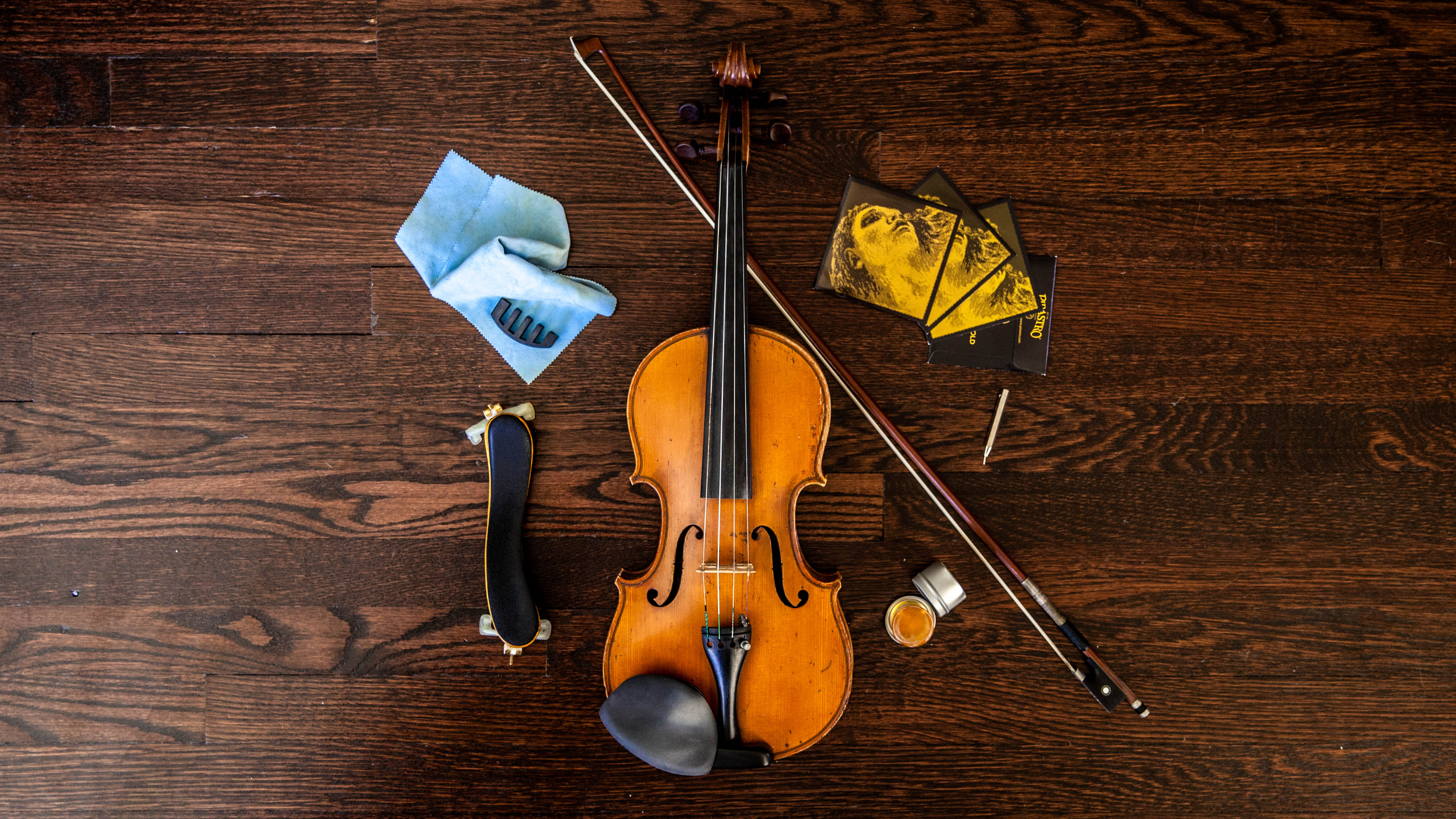

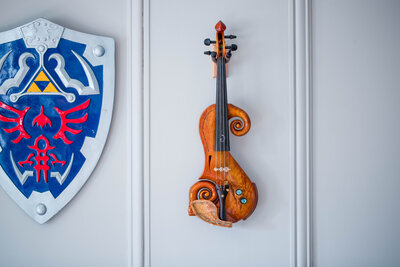
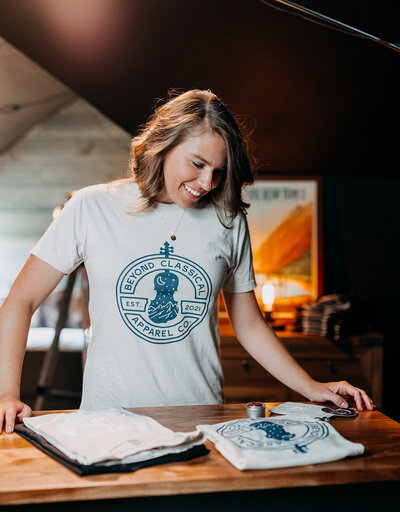
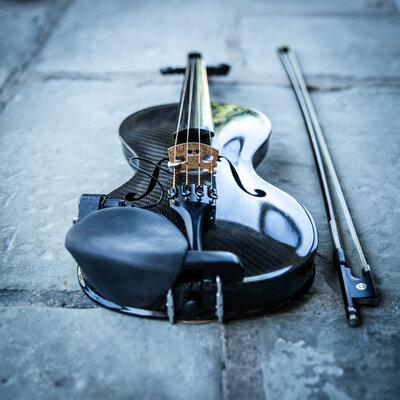


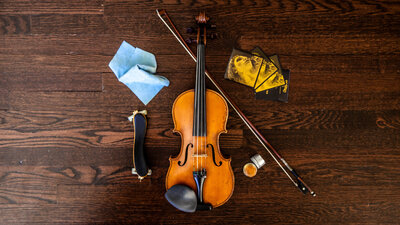
I would like to thank you for your decision and effort to help us improve as musicians.
Taylor,
Thank you so much for your content. I am loving the new website. I remember watching your YoutTube video covering this topic before I bought my first violin. I can definitely say I took #2 to heart. I know I spent more than I needed to, but I haven’t regretted it for a second. I do think that going a little overboard has helped with alleviating the first point though. lol.
– JT Lewis